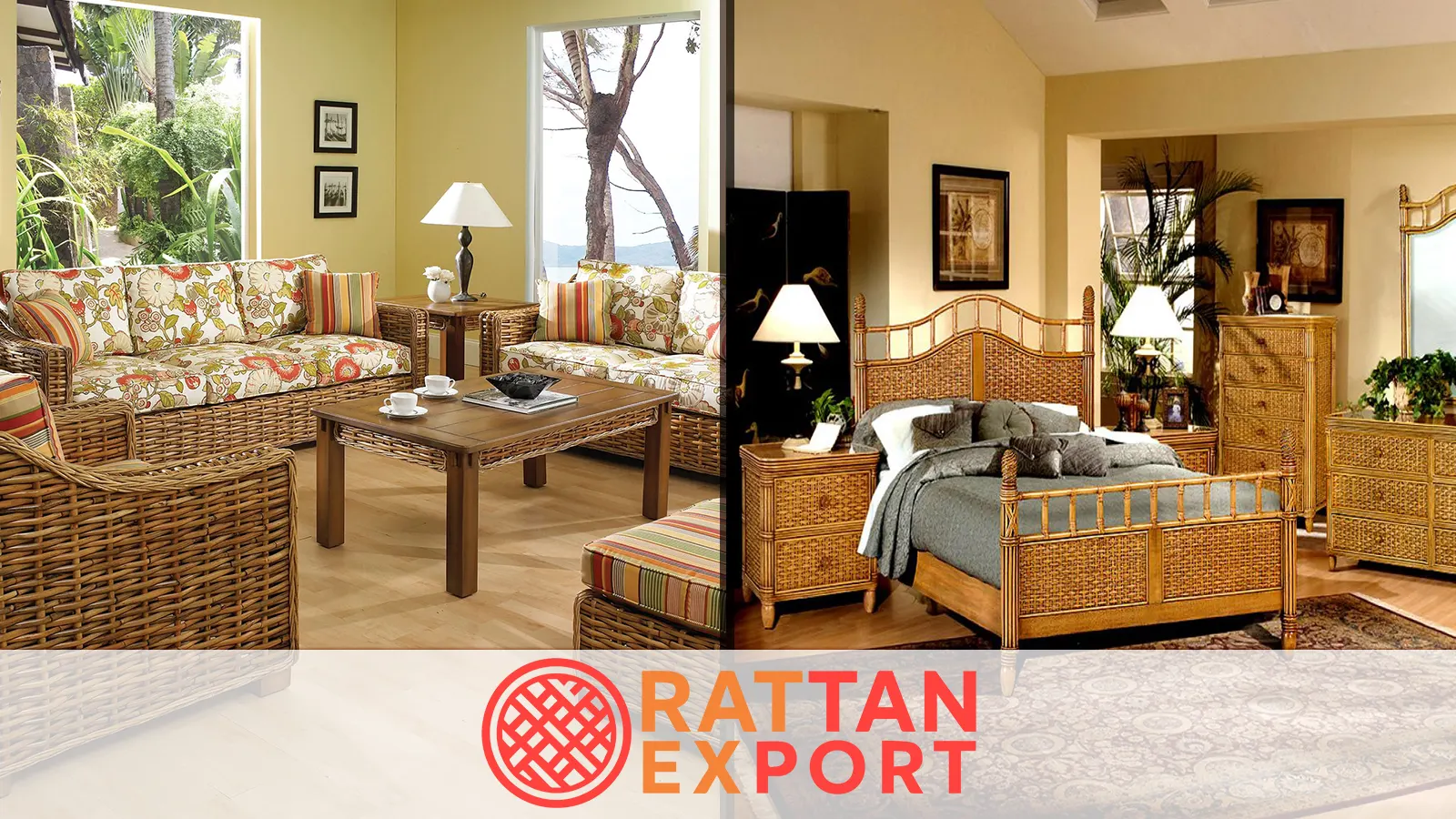Cabinet Rattan
Crafted from woven rattan panels and wooden framing, a rattan cabinet adds warmth, texture, and character to any room—from living rooms and bedrooms to entryways and dining areas. Its lightweight structure, organic appearance, and high craftsmanship make it increasingly popular among design enthusiasts seeking both function and aesthetic appeal. In this article, we’ll dive into style trends for rattan cabinets, interior design inspirations, detailed care & protection methods, a market overview with pricing in USD, the cultural roots of rattan craftsmanship in Indonesia, and a strong conclusion showing why this furniture piece is an excellent investment.
Style Trends of Rattan Cabinets
Recently, rattan cabinets have moved beyond outdoor patios into prominent indoor use. Designers are favoring pieces that combine rattan with solid woods like oak, walnut, or acacia, or incorporating glass or metal accents to modernize the look. Rattan doors, cane panels, and open-weave fronts are trending, providing both ventilation and visual interest. Color tones range from light honey and natural beiges to richer caramel browns and darker espresso finishes, giving homeowners many style options.
Trend movements such as boho-chic, coastal, Japandi, Scandinavian, and tropical-modern are boosting demand. These styles emphasize simplicity, texture, and connection to nature—qualities rattan cabinets deliver naturally. Minimalist versions with clean lines and subtle rattan detailing are especially popular for smaller spaces or as accent storage units.
Interior Combinations & Design Inspirations
Rattan Cabinet in Minimalist Living Rooms
In a minimalist living room, a rattan cabinet serves as both storage and a warm accent. Pair it with neutral furniture—white or light-gray sofas, a soft rug, reserved décor—and let the natural weave be the focal texture. Keep décor items minimal on top: a plant, a ceramic vase, or a stack of books can allow the rattan to shine without overwhelming.
Coastal / Beach House Interiors
For coastal themes, place a rattan cabinet made of pale wood and light weave in a room with white walls, large windows, and soft blue or sandy-hued accents. Use driftwood décor, shells, linen drapes—complementing the cabinet’s natural feel. It evokes a relaxed, breezy ambiance.
Scandinavian Style Homes
Scandinavian interiors value light, functional design. A rattan cabinet with simple handles, tapered legs, and a light or whitewashed wood frame works beautifully here. Pair with plywood or pale oak, wool throws, and natural light to maximize calm and warmth.
Bohemian Corners & Eclectic Spaces
In more eclectic rooms, rattan cabinets can hold vibrant accessories, colorful textiles, vintage pottery, or books. Use bold wallpapers or patterned rugs. An ornate rattan cabinet with decorative doors or curved edges adds personality and ties together diverse décor.
Modern & Tropical-Modern Interiors
For contemporary interiors with a tropical twist, rattan cabinets with darker finishes or mixed materials (metal legs, glass tops) bridge modern sophistication with earthy warmth. Pair with lush houseplants, wicker baskets, and warm lighting.
Care & Protection Methods
- Keep the cabinet out of direct, harsh sunlight to avoid discoloration and drying out of rattan fibers.
- Dust regularly using a soft, dry cloth or a brush to reach between weaves.
- For deeper cleaning, use a damp cloth with mild soap—wipe gently and dry immediately.
- Avoid excessive moisture—ensure room humidity is balanced; use silica packets or dehumidifiers in humid climates.
- Apply wood or natural oil finishes on exposed wooden parts annually to maintain luster and prevent cracking.
- Check for loose weaving or splits; repair early using rattan strips to maintain structure.
- If used outdoors or in semi-outdoor settings, use protective covers when not in use and treat panels with UV-protective sprays.
With proper maintenance, a rattan cabinet can stay beautiful and functional for many years—often decades.
Pricing & Market Overview
The price of a rattan cabinet depends heavily on size (height, width, number of doors/drawers), craftsmanship (hand woven vs. machine/lite weave), material quality (natural rattan vs synthetic accents), and design complexity (custom details, mixed materials). Handmade and custom cabinets fetch higher prices due to the labor involved. Below is a price chart in USD:
| Model | Wholesale Price (USD) |
|---|---|
| Small Rattan Cabinet (Single Door) | 200 |
| Medium Rattan Cabinet with 2 Doors | 320 |
| Rattan Cabinet with Doors + Drawers | 480 |
| Luxury Rattan Sideboard Cabinet | 700 |
| Modern Rattan Cabinet with Glass Top | 950 |
| Custom Handmade Rattan Cabinet | 1,300 |
Major markets for rattan cabinets include the United States, Europe, Japan, Australia—places where natural, artisan furniture is highly valued. Buyers are increasingly looking for pieces that balance storage utility with expressive design. The rising demand for rattan furniture accessories and cabinets suggests the trend will continue growing, especially in eco-conscious and boutique home segments.
Cultural Background of Rattan Craftsmanship
Rattan has deep roots in Southeast Asia—especially Indonesia, Bali, Lombok, and Kalimantan—where artisans have been weaving cabinets, screens, furniture for centuries. The process often involves harvesting young rattan stalks, treating them to resist pests, drying them, weaving panels, shaping wood frames, sanding, finishing, and adding decorative or functional hardware. Each cabinet carries heritage as well as artisan skill.
These crafts not only maintain cultural identity but provide livelihoods for local communities. Exports of rattan furniture are an important economic sector for many regions in Indonesia. Buyers who choose authentic rattan pieces contribute to preserving these skills.
Conclusion
Rattan Cabinet is more than just a storage furniture—it’s an artful statement of style, sustainability, and refined craftsmanship. It brings natural warmth, texture, and function to any room. Whether you choose a small entryway accent cabinet, a luxury sideboard, or custom-made showpiece, investing in a rattan cabinet is investing in long-lasting beauty and supporting culture. Enduring, versatile, and full of character, a rattan cabinet stands as one of the best furniture pieces for interior design and heritage alike.
